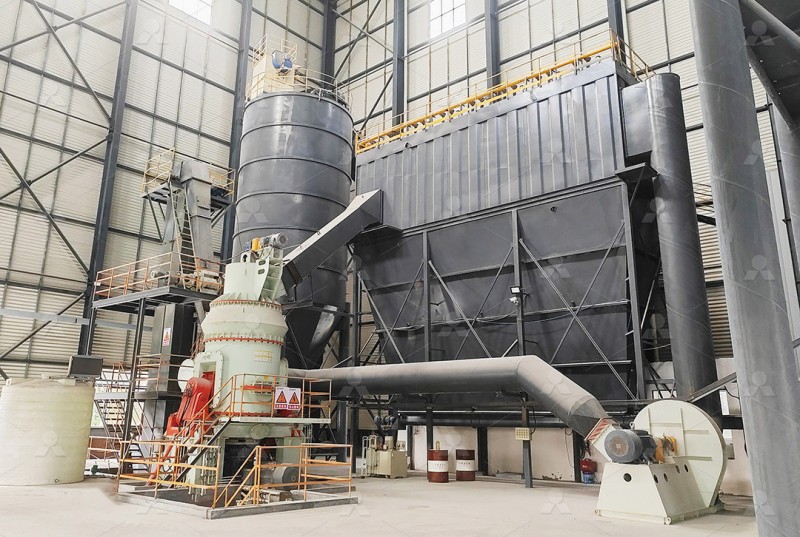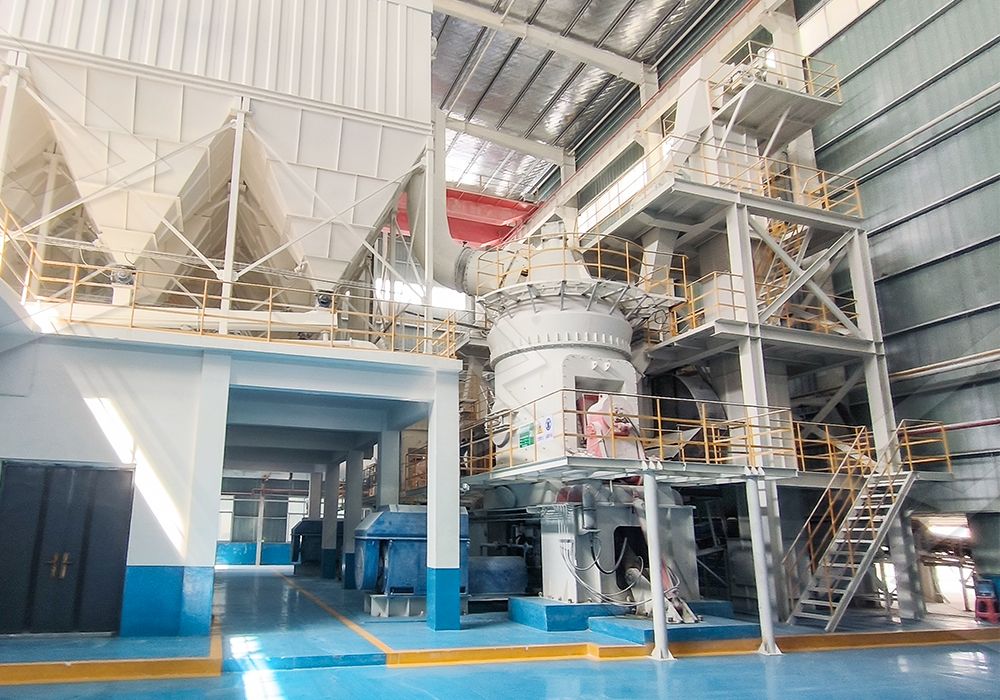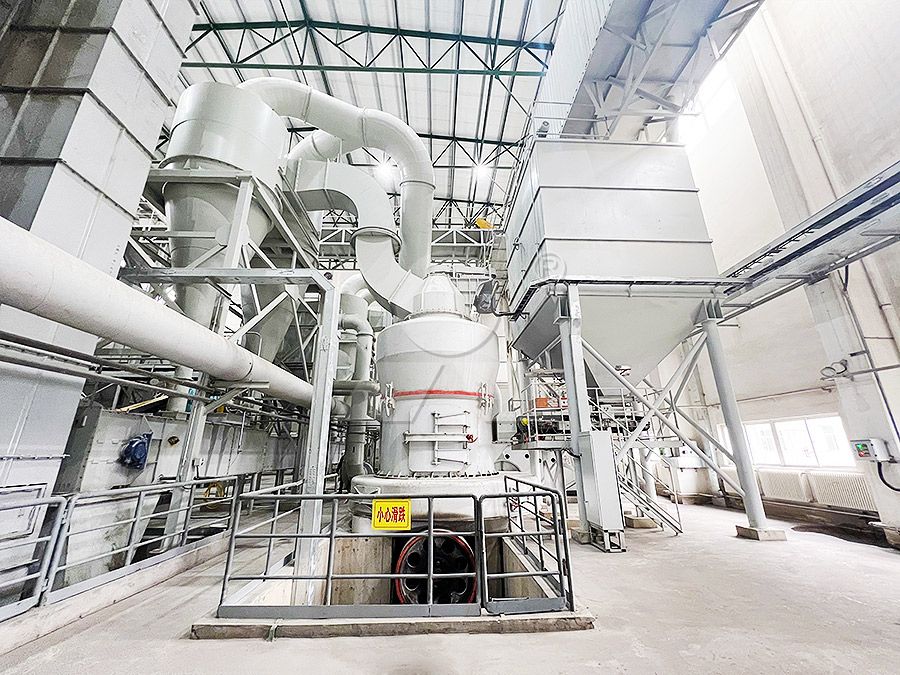Fabric Expansion Bellows for Vertical Mill Fan: Installation and Maintenance Guide
We provide a wide range of mills — including Raymond mill, trapezoidal mill, vertical mill, ultrafine mill, and ball mill, obtained ISO9001 international quality certification, EU CE certification, and Customs Union CU-TR certification. Suitable for processing minerals such as limestone, phosphate, quicklime, kaolin, talc, barite, bentonite, calcium carbonate, dolomite, coal, gypsum, clay, carbon black, slag, cement raw materials, cement clinker, and more.
The discharge range of these mills can be adjusted to meet specific processing needs, typically from 80-400 mesh, 600-3250 mesh, and can achieve the finest particle size of up to 6000 mesh(D50).
If you are looking for a reliable grinding solution to turn stone or minerals into fine powder, please feel free to contact our online customer service.
Fabric Expansion Bellows for Vertical Mill Fan: Installation and Maintenance Guide
Proper installation and maintenance of fabric expansion bellows are critical for the longevity and efficiency of your vertical mill fan system. These components compensate for thermal expansion, vibration, and misalignment, protecting downstream equipment from stress and damage. Neglecting them can lead to premature failure, unplanned downtime, and costly repairs. This guide outlines best practices to ensure optimal performance.
Pre-Installation Checklist
Before you begin, conduct a thorough inspection. Ensure the bellow’s material is compatible with the process media (e.g., air, fine powder) and operating temperature. Check the flanges for flatness and clean them meticulously—any debris or gasket material left behind will cause leaks. Verify the anchor points and guides are correctly installed according to the system’s engineering specifications. Never use the bellow to compensate for improper piping alignment.

Step-by-Step Installation
- Positioning: Carefully lift the bellow into place using soft slings to avoid damaging the fabric. Do not use hooks or chains directly on the bellows material.
- Alignment: Align the bellow flanges with the piping flanges without stretching, compressing, or twisting the unit. For hinge-type models, ensure the pins are correctly oriented.
- Bolting: Insert all bolts by hand to ensure they are not cross-threaded. Use a crisscross pattern to gradually tighten the nuts to the specified torque value, creating an even seal across the entire flange.
- Final Check: After installation, ensure all shipping devices (e.g., temporary restraints) have been removed. The bellow should be free to move within its design parameters.
Routine Maintenance & Inspection
A proactive maintenance schedule is essential. During scheduled shutdowns, inspect the bellows for signs of wear:
- External Inspection: Look for cracks, abrasions, fraying threads, or UV degradation on the fabric. Check for any powder leakage, which indicates internal wear.
- Internal Inspection: If possible, inspect the liner for wear, especially in high-velocity areas. Buildup of material can abrade the liner over time.
- Hardware Check: Inspect bolts for corrosion and ensure they are tight. Check hinge pins and hardware on articulated models for wear and proper movement.

Common Issues and Troubleshooting
- Leakage: Often caused by improper gasket installation, over-torqued bolts warping the flange, or wear-through of the fabric. Identify the source and address the root cause before replacement.
- Excessive Vibration: Can lead to premature fatigue failure. Ensure the bellow is not the primary support for the ductwork and that the system’s vibration isolators are functional.
- Misalignment: If the piping system settles or shifts, it can over-stretch or compress the bellow beyond its limits, leading to failure. Check anchor points.
Optimizing Your Milling System
For peak performance of your entire milling circuit, pairing reliable components is key. A robust vertical mill like our MW Ultrafine Grinding Mill is designed for high efficiency and minimal downtime. It handles input sizes of 0-20 mm with a capacity range of 0.5-25 tph, making it perfect for producing ultra-fine powder from materials like limestone, calcite, and talc. Its features, such as having no rolling bearings in the grinding chamber and an efficient pulse dust collector, align perfectly with a low-maintenance ductwork system supported by well-installed expansion bellows.
For larger scale operations, the LUM Ultrafine Vertical Grinding Mill (0-10mm input, 5-18 tph capacity) offers advanced grinding roller and powder separating technology for superior product quality and energy savings of 30%-50%. Its stable operation and easier maintenance protocols complement the reliability you build by properly maintaining ancillary equipment like your fan ductwork.

Conclusion
Treating fabric expansion bellows as a critical component, not an afterthought, will significantly enhance the reliability of your vertical mill fan system. Correct installation and a disciplined inspection routine prevent unexpected failures, protect your capital investment, and ensure continuous, efficient production. Always refer to the manufacturer’s specific guidelines for your bellows model and consult with a professional for complex installations.
